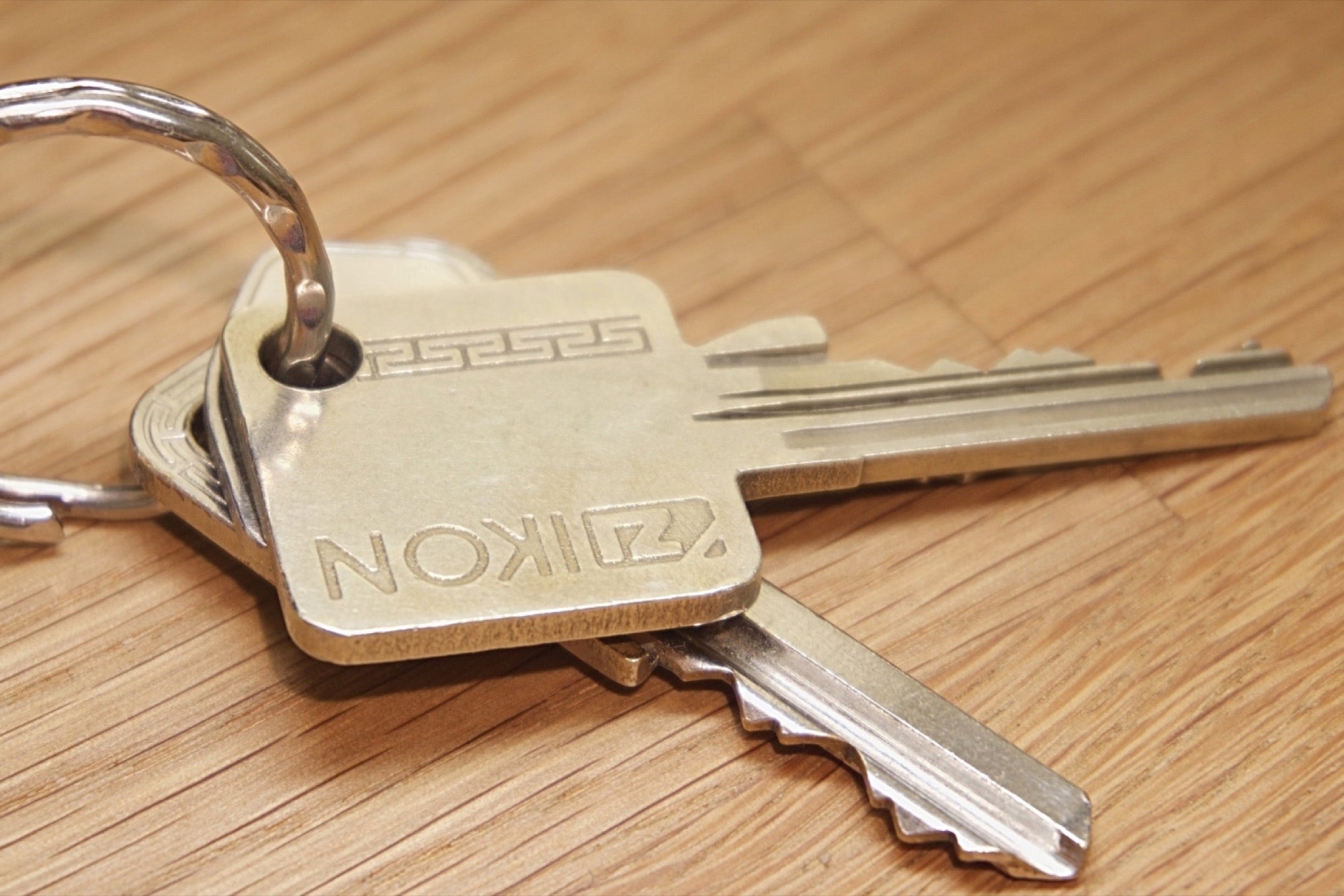How to Get a Handle on Exorbitant Office Rents Long-term leases are a boon for landlords but seldom for anybody else.
By David Mandell Edited by Dan Bova
Opinions expressed by Entrepreneur contributors are their own.

Ready for your daily knowledge bomb?
Renting office space will cost you.
Nationwide, rent premiums have increased by an average of 11 percent. In top tech submarkets like East Cambridge, Santa Monica and Mountain View, rent premiums have jumped upwards of 75 percent. Office space investments have reached a seven-year high worldwide and business owners are paying the price. The cost is eating away at profit margins and adding an extra hurdle to the already daunting endeavor of growing a business.
For startups and SMB's hoping to grow roots in pricey Midtown Manhattan, office shortages make the issue even more dire. A city report predicts that by 2018, all class-B and class-C space -- the type of office space often inhabited by fledgling startups and tech companies -- will be entirely occupied, begging the question: where will these companies go? And at what cost?
It doesn't stop there. On top of rent premiums and dealing with office shortages, setting up an office means build out fees, furnishing costs, IT contracts, cash deposits… the list goes on. Add to that the number of hours you spend searching for and maintaining that space and you've more than tripled your annual spend after rent -- and that's just the tip of the iceberg.
Related: Criteria to Consider When Renting Commercial Space
Dig below the surface and you start to uncover the real risk associated with commercial real estate: long-term commitment.
It's the binding terms of traditional leases that put you between a rock and a hard place. The commitment they ask you to make means you're left with one of two scenarios. You can take on space that fits your team as it stands today, or invest in larger space to expand into
Neither are designed to protect your business unless you can forecast, with absolute certainty, the rate at which your team will expand and contract over the three to five to 10 years you're locked into your lease. In most cases, you can't. That means you're left dealing with overflow issues in scenario #1 and paying for idle space in scenario #2.
Thankfully, the market is beginning to adapt. There are a number of solutions that work with the commercial real estate model and are designed to help you reduce the risk associated with taking a lease. But it's up to you to pick your head up from traditional processes, recognize the shift and acknowledge your options. Once you do, you'll find it's not so difficult to escape the shackles of office space after all.
Related: How This Tech Startup Is Renovating the $12 Trillion Commercial Real-Estate Industry
Here are the top three things you need to consider to protect your business from a commercial real estate lease:
1. It's OK to fear commitment.
Sounds counterintuitive, especially when talking about commercial real estate. But in a market that thrives on multi-year leases to support healthy broker commissions, it's better to limit your liabilities and maximize your cash flow.
2. Be certain everything is uncertain.
Businesses are dynamic organisms. Things change. Things happen. As a growing business, you need flexibility and scalability. SaaS was born to give businesses the ability to pay for exactly what they need, when they need it. There's no reason your office space can't reflect a similar model.
The current commercial leasing model doggedly rejects this notion. It's stuck in the dark ages and its restrictive gait forces business into a one-size-fits-all solution. But today's business can't fit inside a prefabricated box, nor do they want to try.
3. Cut your losses.
Office space is the second biggest cost after payroll. When you look at it that way, putting a focus on optimizing your office space becomes a whole lot more powerful. And thankfully, there are a few non-traditional models that make it easy for you to cut costs.
Don't want to shake things up too much?
Consider office sharing. It's a solution that sets on top of the traditional lease model and its core function is to free you up from the two scenarios described above. Here's what that looks like:
Scenario A: Take on space that fits your team as it stands today
Solution: Opt to share space on another business' lease where you can expand and contract as needed
Scenario B: Invest in larger space to expand into
Solution: Offset the risk of a large space (and capitalize on it) by sharing your excess space until you're ready to grow into it
Ultimately, how you distribute your resources is up to you. But when it comes to renting office space remember that rent is not an investment., it's an expense. It should be evaluated as such. Business tools offer licenses that mirror your needs in real time, office space should do the same. And you don't have to stand for anything less.
The resources you're wasting on space can and should be reinvested in your business. You just have to step up and solve for the waste.
Related: How Much Does It Cost to Rent an Office in Your City? (Infographic)










